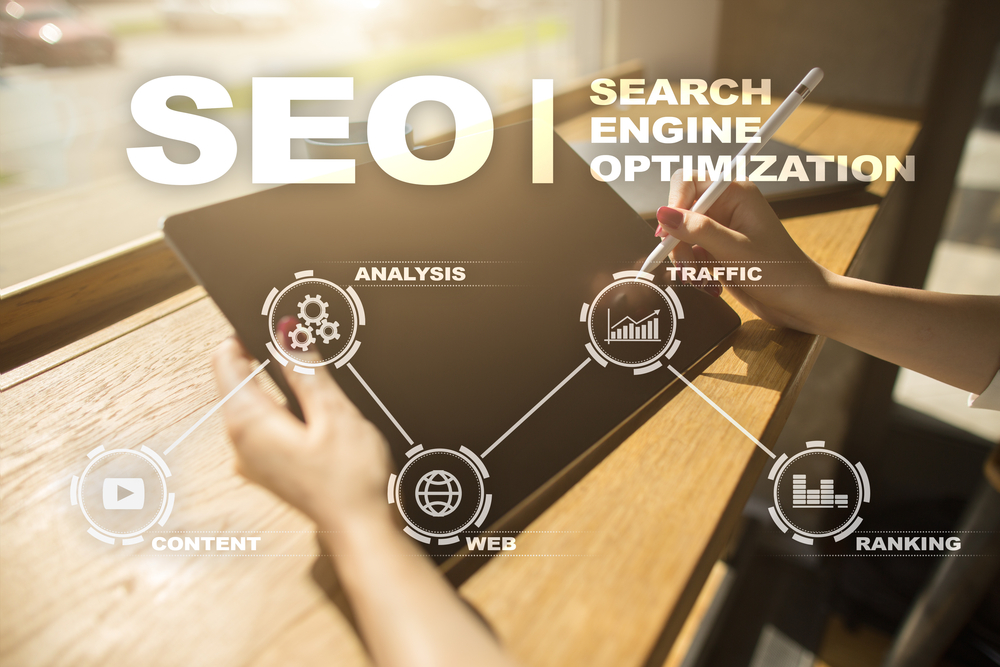One of the most effective ways to achieve this is through Content Marketing and SEO. These two elements work hand in hand to enhance visibility, drive organic traffic, and establish brand authority. By mastering both disciplines, businesses can create sustainable, long-term growth.
Understanding Content Marketing and SEO
Before diving into strategies, it’s essential to understand what Content Marketing and SEO entail. Content marketing focuses on producing and sharing meaningful, relevant, and consistent content to engage and retain a target audience. SEO, or search engine optimization, focuses on optimizing content to rank higher on search engine results pages (SERPs). When combined, these strategies amplify each other, helping businesses reach their target audience more effectively.
The Importance of Content in SEO
Content is the foundation of SEO success. Without high-quality, engaging content, even the best SEO tactics will fall short. Here’s why content plays a crucial role in SEO:
Keyword Optimization: Well-researched keywords help search engines understand what your content is about.
Backlink Attraction: High-quality content earns natural backlinks, which improve search rankings.
User Engagement: Valuable content increases dwell time and reduces bounce rates, signaling quality to search engines.
Authority Building: Informative and trustworthy content positions a brand as an industry leader.
By focusing on creating content that aligns with user intent, businesses can improve both engagement and search rankings.
Strategies to Master Content Marketing SEO
To achieve long-term success, businesses need to implement a comprehensive strategy that integrates both content marketing and SEO. Below are some effective strategies:
1. Conduct Thorough Keyword Research
Understanding the keywords your audience searches for is crucial. Use tools like Google Keyword Planner, Ahrefs, or SEMrush to identify high-volume and low-competition keywords. Seamlessly integrate these into your content to enhance search engine rankings.
2. Create High-Quality, Valuable Content
Your content should be relevant, engaging, and informative to effectively connect with your target audience. Consider the following content marketing types:
Blog Posts: Regularly updated articles on industry trends and insights.
Infographics: Visually appealing content that simplifies complex information.
Videos: Engaging, shareable content that enhances user experience.
Case Studies: Real-world examples showcasing success stories.
3. Optimize On-Page SEO
Ensure your content is search-engine friendly by optimizing:
Title Tags & Meta Descriptions: Include primary keywords for better ranking.
Use header tags: (H1, H2, H3) to structure content effectively, enhancing both readability and SEO.
Internal & External Links: Improve navigation and credibility.
Alt Text for Images: Enhance accessibility and image search rankings.
4. Build a Strong Backlink Profile
High-quality backlinks from trusted sources indicate credibility to search engines. Strategies to gain backlinks include:
Guest blogging on authoritative sites.
Creating shareable content that naturally attracts links.
Reaching out to industry influencers for collaboration.
5. Leverage Social Media for Content Distribution
Social media platforms amplify content reach and engagement. Promote blog posts, infographics, and videos on content marketing LinkedIn, Twitter, Facebook, and Instagram. Encourage audience interaction through comments and shares.
6. Monitor Performance and Adapt Strategies
Utilize platforms such as Google Analytics and Google Search Console to monitor and analyze performance. Analyze metrics like organic traffic, bounce rate, and conversion rates. Adjust your strategies based on data-driven insights to ensure continuous improvement.
The Future of Marketing and SEO
As search algorithms evolve, businesses must stay ahead of the curve. Emerging trends include:
AI-Driven SEO: Artificial intelligence enhances content optimization and personalization.
Voice Search Optimization: Conversational keywords improve rankings in voice searches.
E-A-T Principles: Expertise, Authoritativeness, and Trustworthiness will remain critical ranking factors.
Interactive Content: Quizzes, polls, and interactive visuals boost engagement.
By adapting to these trends, businesses can sustain their growth and maintain a competitive edge.
Conclusion
Mastering Content Marketing and SEO is essential for businesses aiming for long-term digital success. By creating high-quality content, optimizing for search engines, and staying updated on industry trends, businesses can drive organic traffic, enhance brand authority, and achieve sustainable growth. As the digital landscape evolves, a well-integrated content and SEO strategy will remain the key to success.


